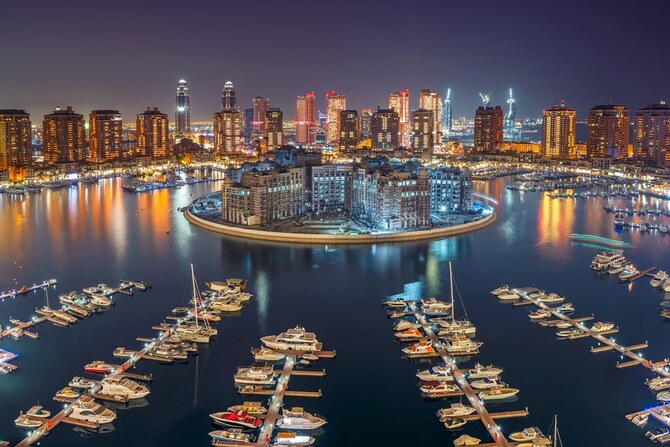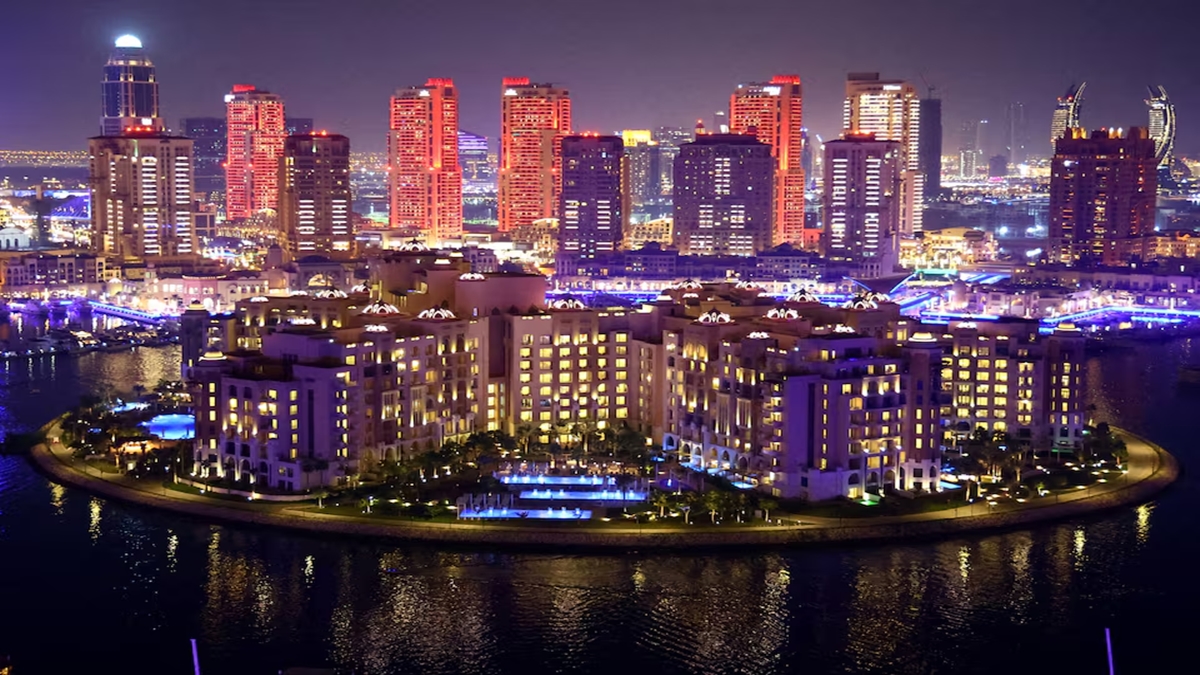How Qatar’s luxury lifestyle demand surged by 38% since 2022 is becoming a trending economic and social story that has captured global attention. From high-end fashion brands to elite cars and exclusive properties, Qatar’s luxury market is expanding faster than ever.
This rise is not just a result of increased wealth. It is a reflection of Qatar’s growing status as a global hub of opulence, tourism, and influence in the Gulf. The numbers show it clearly—there has been a 38% increase in luxury goods and services demand since 2022.
Let’s dive deeper into the factors behind this rapid rise, what sectors are booming, and what it means for Qatar’s future economy.
Luxury Living Takes Center Stage in Qatar

The focus keyword how Qatar’s luxury lifestyle demand surged by 38% since 2022 highlights a striking trend. Qataris and foreign elites are choosing to spend more on high-end experiences and products. In fact, according to local market reports, demand for premium goods in Doha malls has surged in designer fashion, watches, perfumes, and accessories.
Luxury car dealerships have also noted a strong jump in sales. Brands like Rolls-Royce, Bentley, and Lamborghini have all reported higher demand compared to previous years. Moreover, the real estate sector is witnessing record sales of penthouses, beach villas, and smart homes in premium locations such as The Pearl-Qatar and Lusail.
Why the Demand Is Growing So Fast
Several important reasons explain how Qatar’s luxury lifestyle demand surged by 38% since 2022:
- Post-World Cup Tourism Boom
The FIFA World Cup in 2022 placed Qatar on the world map. Tourists flooded the country and brought international attention to its luxury infrastructure. Even after the event, many wealthy travelers continue to visit and invest in Qatar. - High GDP Per Capita
Qatar remains one of the richest countries per capita. With strong energy revenues, the population enjoys high purchasing power. Citizens and residents alike have shown increased interest in luxury spending as part of their lifestyle identity. - Rise of Influencer Culture
Social media has played a big role in shifting trends. Luxury fashion hauls, private jet photos, and 5-star dining experiences shared online have made elite living more desirable and widespread in local youth culture. - Real Estate Investments by Wealthy Expats
With changes in ownership laws and freehold areas open to foreigners, Qatar has seen more luxury property sales to high-net-worth individuals. Foreign investors and Qatari nationals alike are fueling the luxury housing boom.
What Industries Are Benefiting Most
Luxury in Qatar is not limited to one or two sectors. Many industries are showing strong signs of growth thanks to this rising demand:
- Fashion & Accessories: Global luxury brands like Chanel, Louis Vuitton, and Gucci are opening more branches in Qatar.
- Jewelry and Watches: Sales of high-end timepieces and diamonds have seen a consistent increase.
- Automotive: More residents are purchasing top-end sports cars and custom-built luxury vehicles.
- Hospitality: New 5-star hotels and luxury resorts are under development to meet elite travel expectations.
- Real Estate: Premium properties are selling faster, especially to investors from Europe, China, and GCC countries.
- Private Services: Demand for personal shoppers, stylists, private chefs, and exclusive memberships has grown.
Challenges and Sustainability of Luxury Growth
Even though how Qatar’s luxury lifestyle demand surged by 38% since 2022 paints a bright picture, there are challenges to note:
- Economic Dependency: Qatar must balance luxury development with long-term economic diversification. Heavy reliance on consumer spending can lead to volatility if oil revenues fall.
- Social Gaps: The divide between elite luxury and working-class communities may widen.
- Environmental Concerns: Luxury often means overconsumption, which can put pressure on sustainability goals.
However, the Qatari government is investing in green projects and smart cities to ensure that the growth in luxury does not harm the environment.
The Role of Government and Vision 2030

Qatar’s National Vision 2030 has played a key role in attracting luxury development. By focusing on high-quality urban planning, luxury tourism, and world-class services, the country is preparing for a sustainable and inclusive luxury future.
Projects like Msheireb Downtown Doha and Lusail City are examples of combining modern luxury with cultural heritage. Qatar aims to create a luxury environment that supports both economic growth and national identity.
What the Future Holds
The future of Qatar’s luxury market looks promising. With the country becoming a hotspot for global wealth, luxury demand is expected to continue rising, especially as more elite events, exhibitions, and investments are scheduled.
However, to maintain this growth, Qatar must focus on local talent development, sustainable infrastructure, and smart marketing strategies that attract international consumers without compromising its core values.
Conclusion
To summarize, how Qatar’s luxury lifestyle demand surged by 38% since 2022 is more than just a statistic—it reflects a deeper shift in consumer behavior, cultural exposure, and economic development. From fashion to real estate and tourism, nearly every sector has experienced the effects of this luxury wave.
As Qatar continues to evolve into a global luxury destination, its ability to manage this growth while staying sustainable and inclusive will shape its economic future. The luxury trend is not just a phase—it’s becoming part of Qatar’s national identity.
Also Read – Shocking Shift in Family Lifestyle Culture in Qatar



